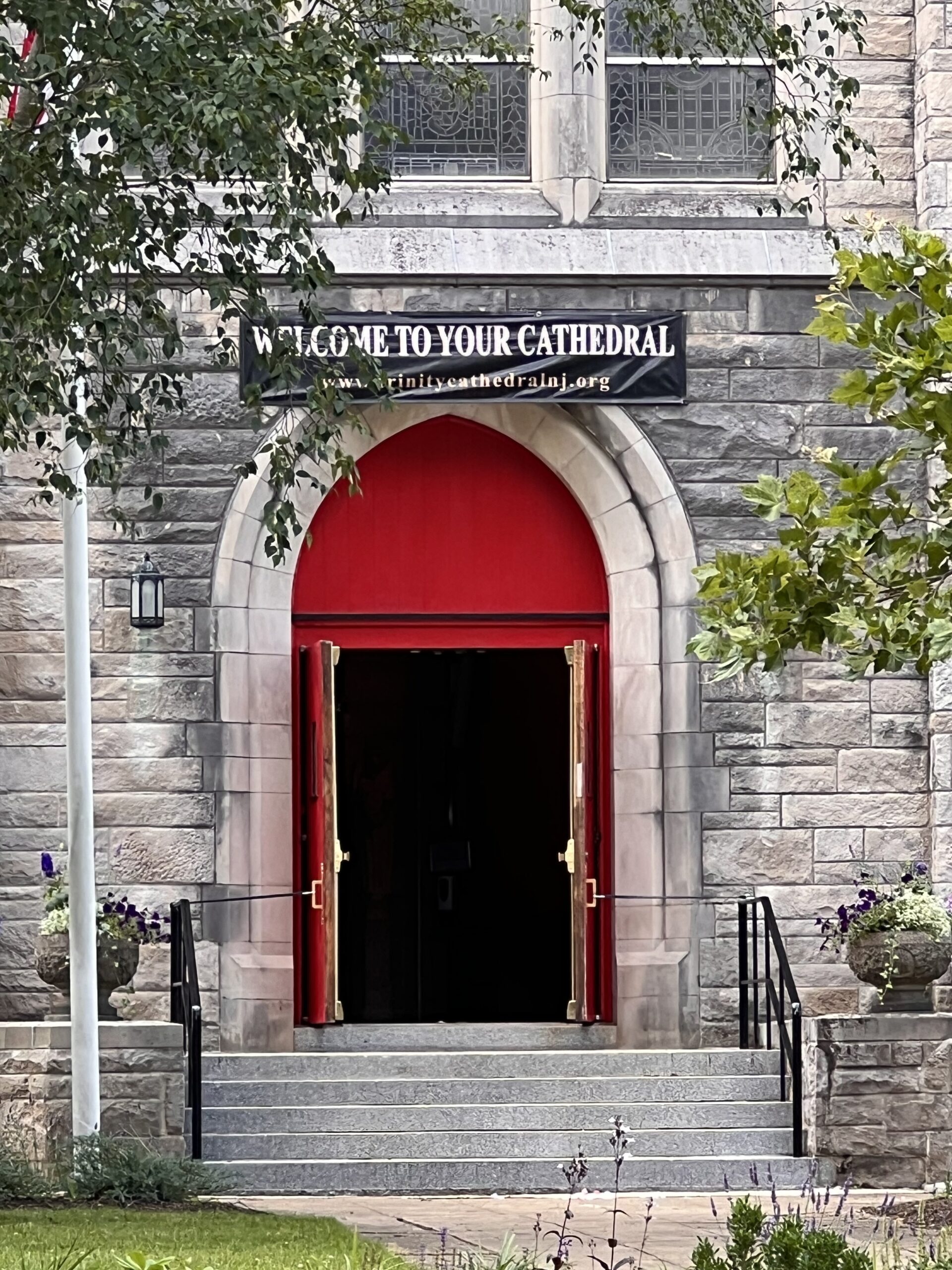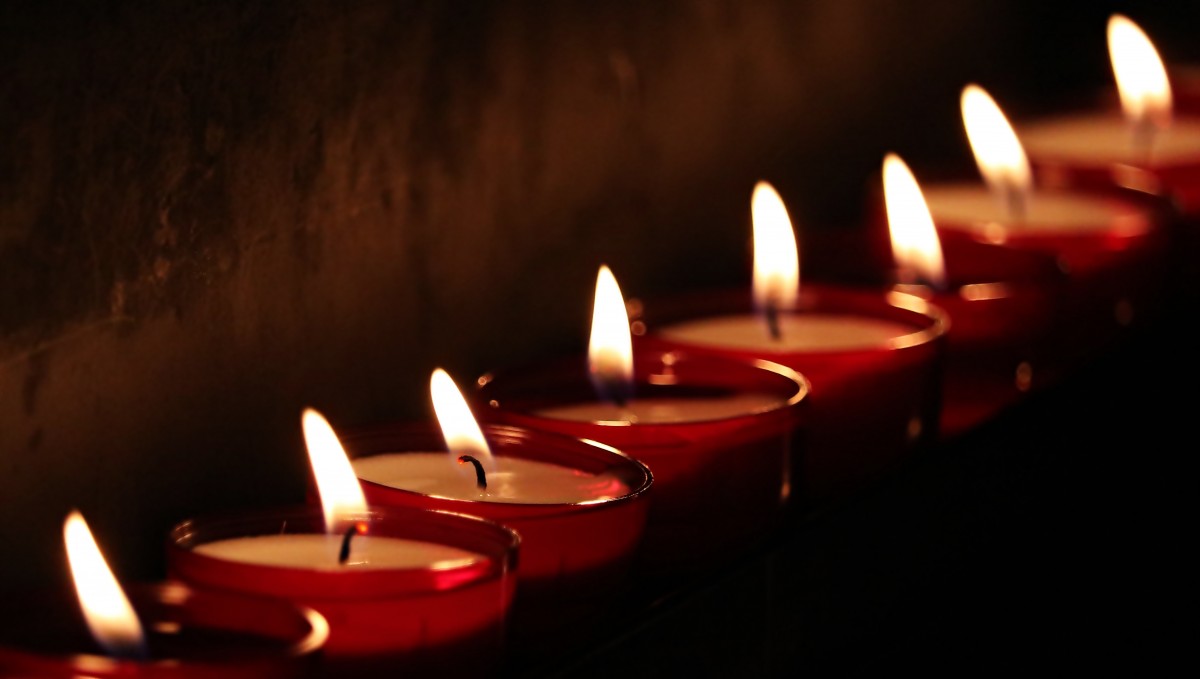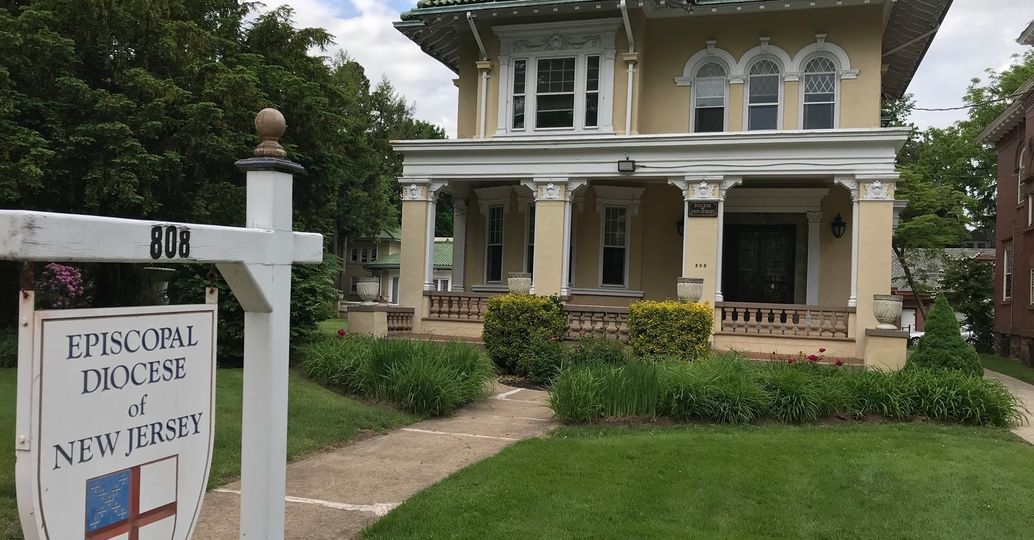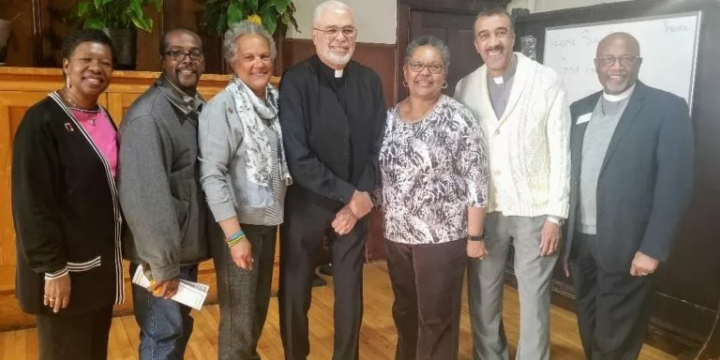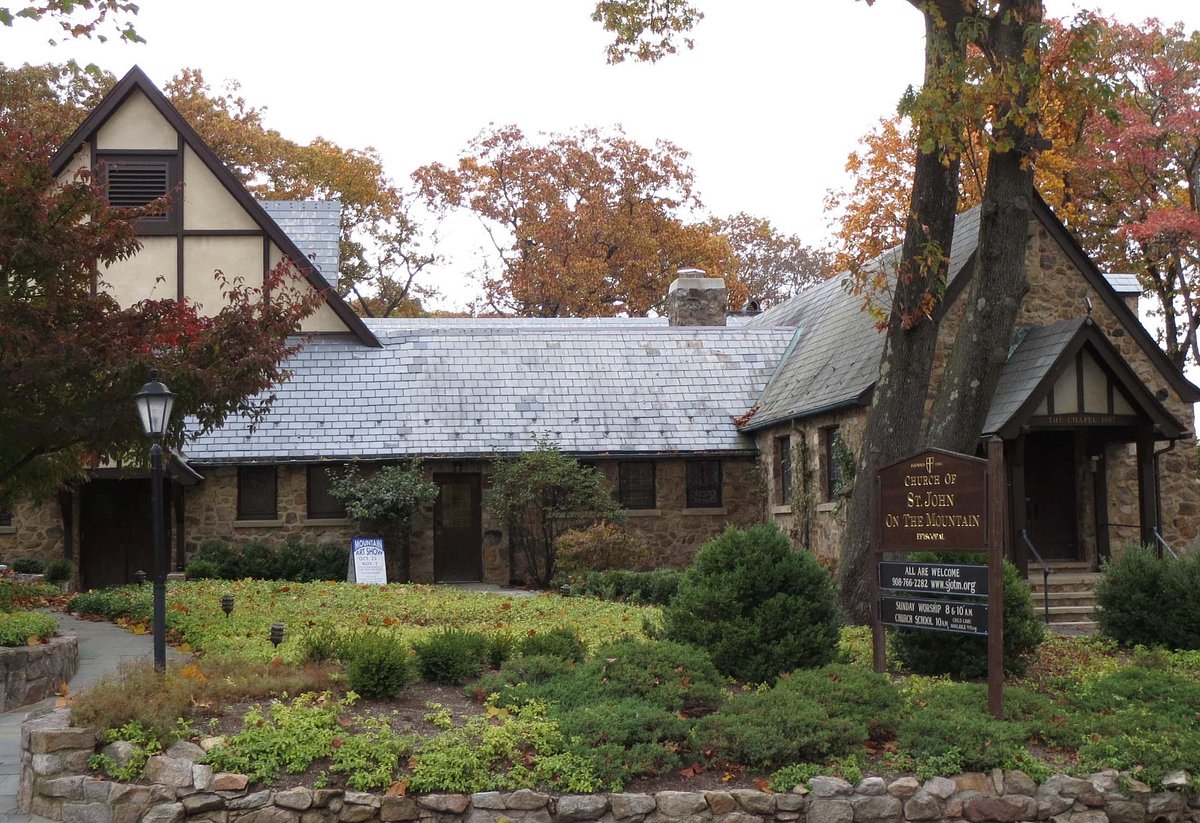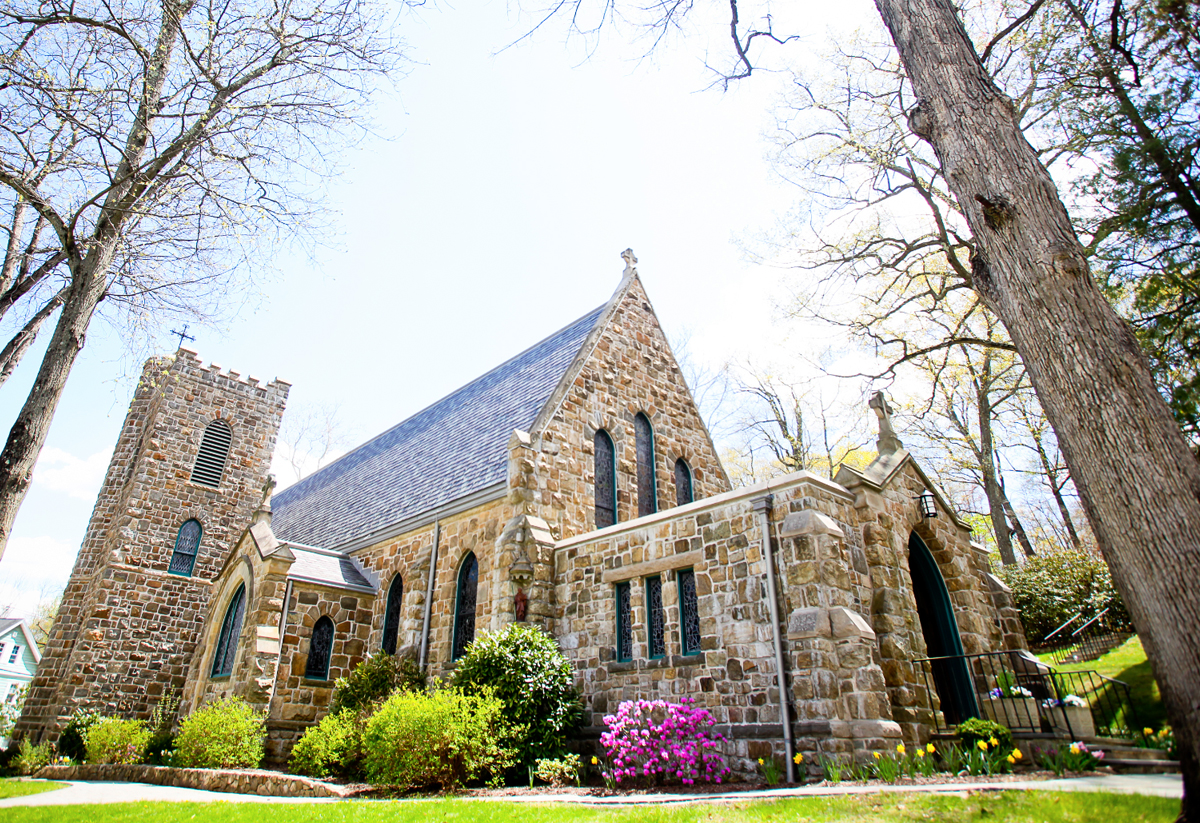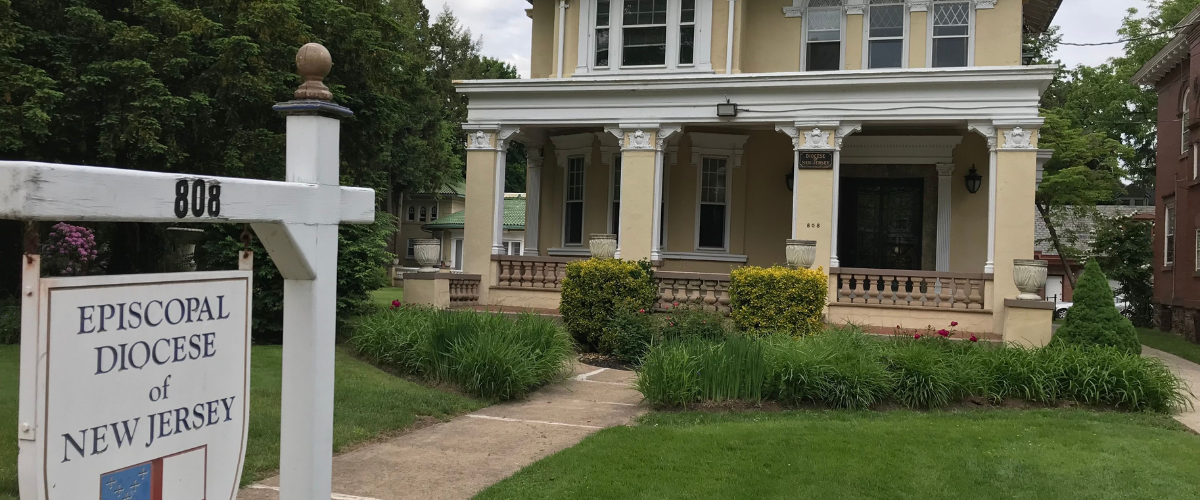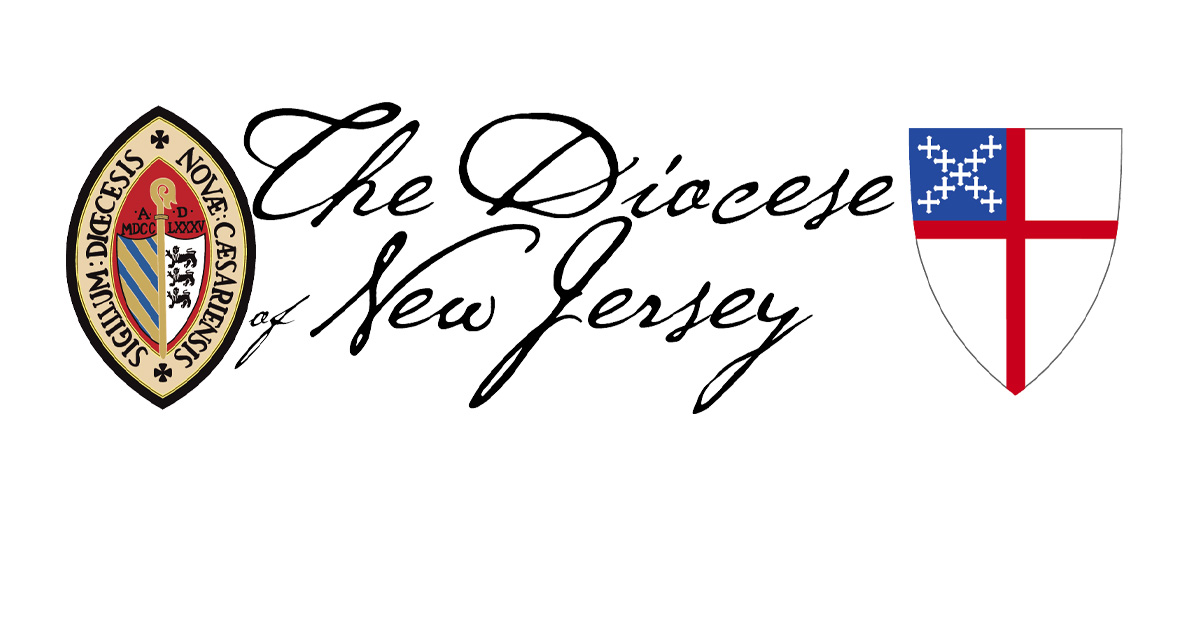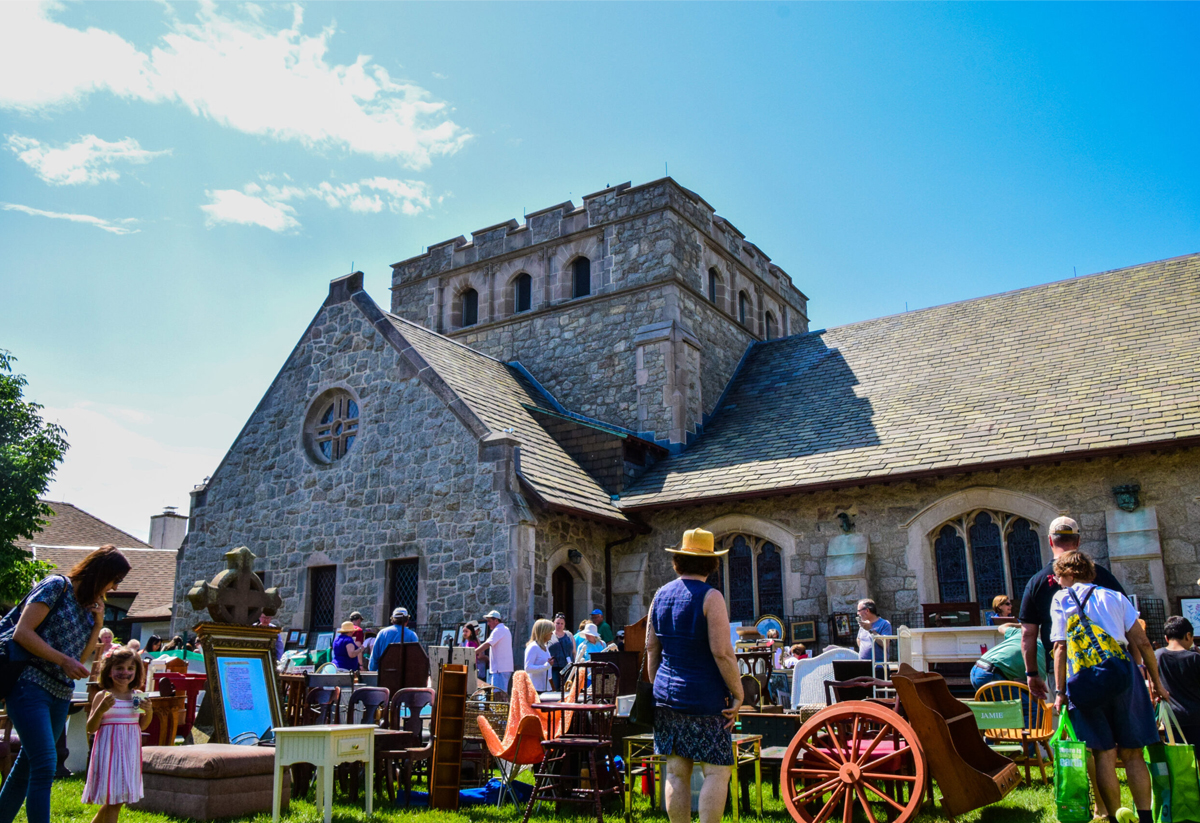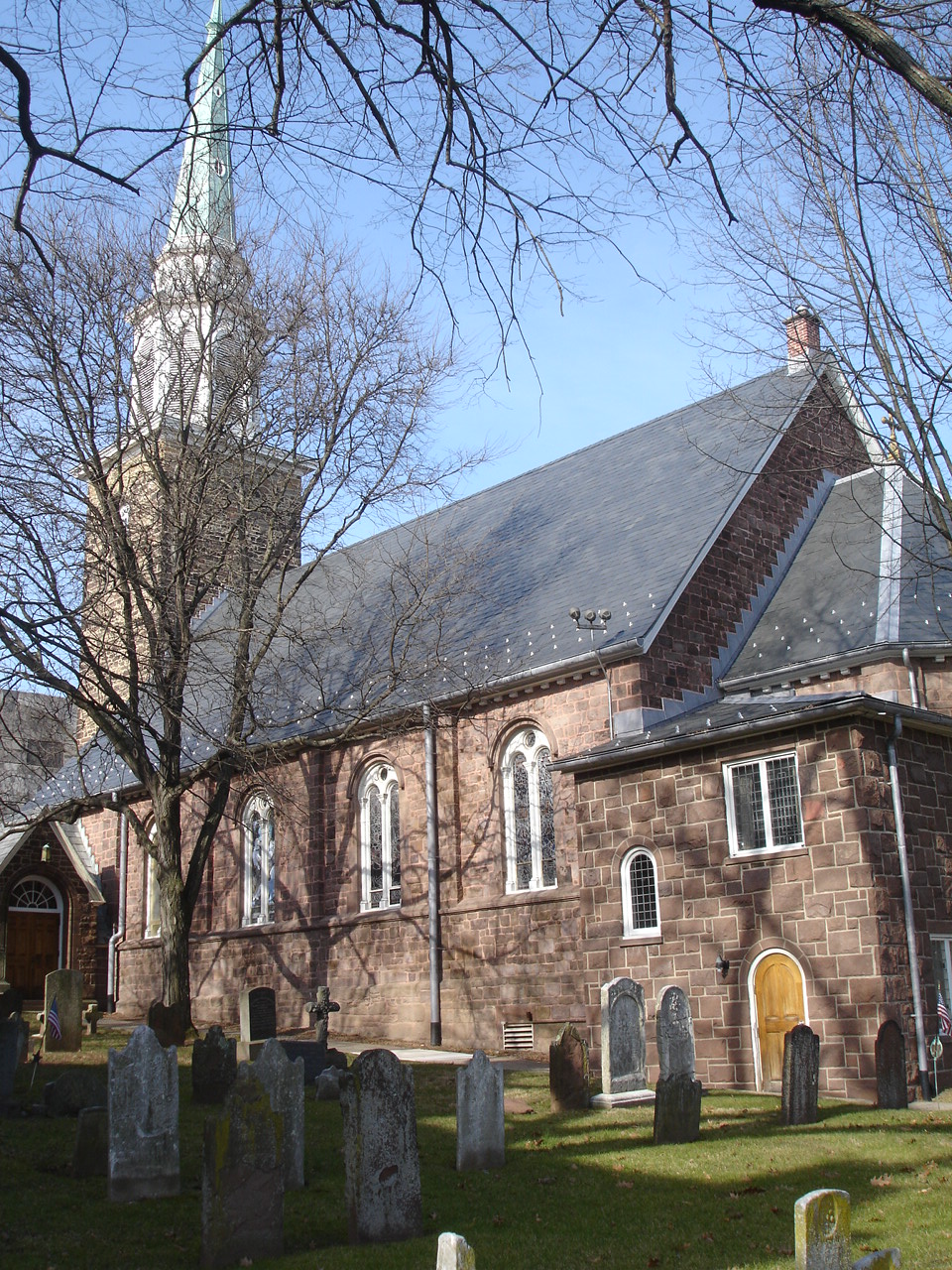Episcopal Diocese of New Jersey
Instructions for Congregational and Convocational Meetings for the election of the Bishop Search and Nomination Committee
The procedures for electing the 13th Bishop of New Jersey are set forth in Canon 9 of the Constitution and Canons of the Diocese. The complete document is found here; Canon 9 starts on page 11. Additional information is found on the special Diocesan web page for this election.
The Bishop Search and Nomination Committee
The Bishop Search and Nomination Committee is made up of 16 members elected by the eight Convocations of the Diocese, one clergy (deacon or priest) and one lay member from each Convocation. They are then supplemented by six members-at-large elected by the convocational members with the intention of maximizing inclusiveness and representation in the Diocese. The Bishop appoints a Chair, and the other members of the Committee elect a Vice-Chair. All lay members of the Committee must be confirmed adult communicants in good standing of a Parish or Mission within the Diocese, and clergy members must be canonically resident in the Diocese
The Bishop Search and Nomination Committee has many responsibilities between now and the election of the next bishop. It conducts a Diocesan self-study, on the basis of which it prepares a Diocesan Profile (Canon 9 Section 5), which is circulated throughout the Diocese through its clergy and congregations, the Presiding Bishop, all other Bishops, and also to the Office of Transition Ministry of The Episcopal Church, which receives candidates and transmits them to the Committee (Section 6(a)). The Committee then reviews all candidates and prayerfully discerns a slate of between four and six candidates (Section 6(b)), which are included in a report to the Diocese to be issued within a year of their starting work (Section 6(c)). Then there is a 30-day period from the issuance of the report in which nominations by petition may be submitted to the Committee (Section 7). Then an Election Booklet is prepared and circulated containing all nominees (Section 8). Finally, the Committee arranges for a series of meetings in which members of the Electing Convention can meet and speak with the candidates (Section 9). The Electing Convention itself is arranged by a separate Transition Committee, but the final act of the Bishop Search and Nomination Committee is to formally make the nominations for the candidates in the Booklet.
Committee members can expect to work intensively over the course of a year, which will include many meetings. In the past there was an overnight retreat with finalists and site visits to evaluate candidates.
Congregational Meetings
The first step following the announcement of the need for the election of a new Bishop is the holding of congregational meetings on September 26, 2021 by each congregation in the Diocese. Before such a meeting is held, at least 10 days before the meeting, written notice needs to be circulated to congregational members, physically posted on the church doors, and announced during services on the two Sundays preceding the meeting itself. A sample of such notice is:
PLEASE TAKE NOTICE, that a meeting of the congregation of ______ Church will be held on Sunday, September 26, at ______ via Zoom meeting. The only business to be conducted at such meeting will be the election of special delegates pursuant to Diocese of New Jersey Canon 9(4)(a) to represent the congregation at a special meeting of the _______ Convocation to be held October 24, 2021 for the election of convocational members of the Bishop Search and Nomination Committee.
The congregational meeting will be simplified if the nominees for the six special delegates can be ascertained in advance. Anyone who is really interested in serving on the Bishop Search and Nomination Committee should volunteer to be nominated or else self-nominate. The congregation should use a member familiar with Zoom meetings to host, set up and launch the meeting, and also prepare a Zoom poll for voting in the election. The conduct of the meeting, unless congregational bylaws require a different method, is to have the priest or a warden call the meeting to order, confirm the existence of a quorum (by New Jersey statute (16:12-10), you need just three members of the congregation eligible to vote), and appoint a secretary of the meeting (who can be the Clerk or some other person). Nominations for the special delegates are received (no second is required, but the nominee ought to confirm willingness to serve if elected), nominations are closed, and voting takes place. If there are six or fewer nominees, all can be declared elected by acclamation. If there are more than six, then those receiving more than 50% of the votes cast are elected. More than one ballot may be necessary to achieve this. The meeting can then adjourn. The Chair of the meeting must promptly certify to the Bishop and to the Dean of the congregation’s convocation the names and email addresses of the persons elected. A listing of Convocation congregations with email links to their Deans is here. The Dean should also be advised if special accommodations may be needed for voters who do not have computer or smartphone-app access to the Special Convocation in order to participate in the Zoom poll election.
Convocational Meetings
On the one hand, Diocese of New Jersey Canon 30, governing Convocations, does not specify any required prior written notice for meetings of the Convocation, and New Jersey Statutes don’t cover them either. Most if not all Convocations have no formal bylaws. On the other hand, Section 10 of Canon 30 provides that “The Deans of the Convocations, under the chairmanship of the Bishop of the Diocese or a person designated by the Bishop, shall meet regularly for the purpose of coordinating the work of the Convocations and such other matters as the Bishop may determine.” Thus the Deans are agreeing on the following procedures for the Special Convocations.
The Deans of each Convocation should as soon as possible prior to the congregational meetings on September 26 to reach out to the clergy of congregations in their jurisdiction to encourage the identification of candidates for the two members of the Bishop Search and Nomination Committee to be elected. While Special Convocations are not limited to electing candidates from among the voting members, those present in the October 24 meetings will presumably be better known in their Convocation and more likely to be elected. The voting members in each Convocation will be those lay special deputies elected by their congregations and the clergy who live or work in that Convocation. Any member of the clergy who is eligible to vote in more than one Convocation must choose only one of them to attend and vote in.
Nominations for the Committee should be received starting September 26. Deans may appoint nominating committees (a) to receive nominations and confirm the qualifications for election to the Bishop Search and Nomination Committee set forth above and (b) reach out if necessary to obtain further nominations. There is a nominating form on the Diocesan website that will provide for contact information for the nominator and nominee, the nominee’s congregation, and space for a short bio of the nominee. Nominations are due by October 17. Nominations may also be made from the floor of convocation meetings.
Each Dean should use the services of a “tech secretary” to set up and host the Zoom meeting on October 24. This person would be responsible for setting up the meeting, sending out participation invitations from the lists of clergy and of special delegates received from congregations, preparing Zoom polls for voting purposes (and updating them in case there are nominations from the floor), and overall conducting the meeting. Depending on the Zoom account used for the meeting, it may be necessary to pre-purchase a “Large Meeting” add-on to the account for the single month of October to accommodate more than 100 participants. This can be discontinued afterwards if no longer needed.
At least two days prior to the Zoom meeting, the Dean (or the Dean’s tech secretary) should distribute to the voting members of the Special Convocation a document listing the clergy and lay nominees along with their submitted bios.
The Zoom meeting should be started at the appointed time and called to order by the Dean. The meeting should be opened with prayer and a secretary (who may be the tech secretary) appointed. Since the meeting is required to be held on October 24, no adjournment is possible, so any number present on the Zoom meeting will constitute a quorum. The Dean, or the Chair of the Nominating Committee if there is one, should name the nominees whose nominations were received prior to the meeting. Nominations from the floor should be invited, providing the nominator is qualified to vote and the nominee is qualified and willing to serve if elected. At the discretion of the Dean, nominees present can be permitted brief remarks of up to two minutes prior to the commencement of balloting.
Balloting will be by Zoom poll and should be open for at least two minutes before the poll is closed. Zoom polls are limited to 10 candidates per poll and up to 25 polls per meeting. There should be separate polls for the clergy Committeemember and the lay Committeemember; however, all voters vote for all candidates. If there are more than 10 candidates for either order, they may have to be split into more than one poll. In order to be elected to the Committee, a candidate must receive a majority of votes cast. If more than one candidate ends up with a majority, then only the one receiving the highest number of votes is elected. If no candidate reaches a majority, then another ballot must be held until a majority is achieved. Between ballots, the Dean should invite any candidate to withdraw if they wish.
If the Dean has been advised that any voting members of the Special Convocation do not have access to a computer or smartphone with a Zoom app, special arrangements will have to be made to have them call in their votes to the tech secretary to be added to the totals of the other ballots.
Once the two Committeemembers are elected, the meeting can adjourn on motion with prayer, a blessing, and dismissal. The Dean should by the end of the day report the names, congregations, mailing addresses, email addresses, and telephone numbers of the persons elected to Ms. Valaida Guerrero, the Chair of the Episcopal Search and Nomination Committee, with copies to Ms. Ann Notte, Office and Convention Manager of the Diocese.

